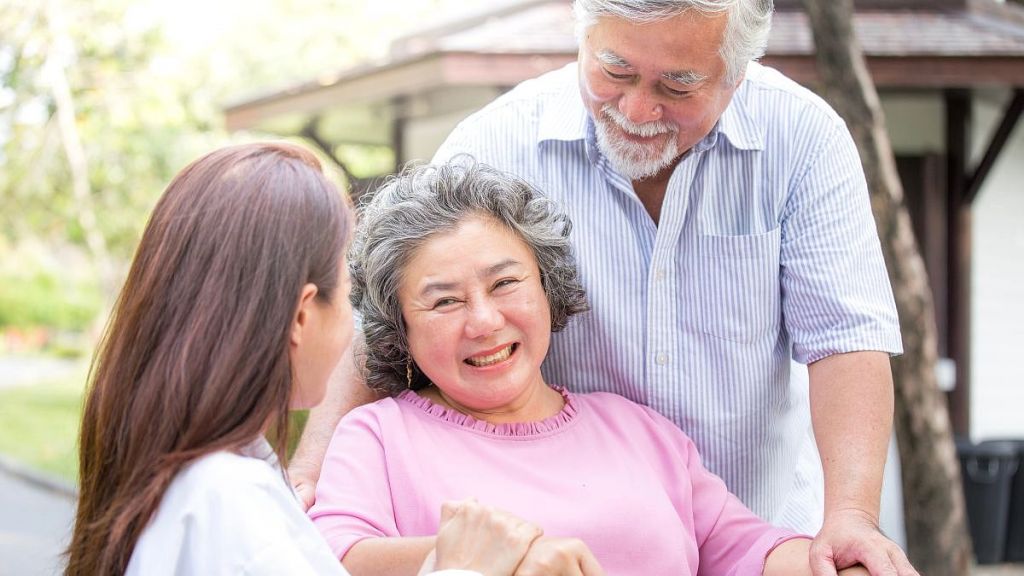
Backdrop:
Neuroplasticity is theoretically defined as the ability of the brain to change, transform and adapt due to intervention of certain experiences. These experiences can be “physical” or “mental”. This might involve the development of new neural networks and degeneration or otherwise of existing neurons . Neuroplasticity often gets damaged due to variety of factors like exposure to excess stress or excessive mental damage or secretion of undesired hormones, etc. Technically, this can take several types like weakening of connection between neurons (synaptic plasticity) or death of existing neurons ((neuronal plasticity), among others. This often results in cognitive as well as mental decline.
The improvement of neuroplasticity has, therefore, become a subject of increasing research.

Relevance for Elderly:
For elderly people, the concept of neuroplasticity and improving thereof becomes more important. With aging, besides physical decline, mental / cognitive decline also becomes a real issue. Shrinking size of neurons or less effective communication between neurons are the root causes of such decline. For elderly people, managing neurons to improve neuroplasticity, therefore, becomes critical to manage mental well-being. Leading a mentally inactive or sedentary lifestyle may be hazardous from the neuroplasticity perspective, which often is the case most elders.
Strategies to improve neuroplasticity:
The fundamental principle is that the mind should always be kept busy and ever agile and to do certain acts that are new and innovative. Managing mental health and keeping it agile, therefore, is the key strategy to improve neuroplasticity and thereby remaining mentally active.
Some of the key steps in this regard could be as under:

Keeping physically fit: It is difficult to keep the mind happy in weak health. The starting point is, therefore, to keep physically fit. Balanced food, regular exercises, good sleep, habit of taking of the prescribed medicines are the key steps for maintaining good health. As old age develops, one should be ready to face age-related issues / problems; how to deal with them and keep oneself physically agile is the core strategy to keep going.
Being mentally agile: The second aspect is to maintain mental agility. The word “agility” here means keeping mind busy and active. Regular mental exercises, meditation to cool the mind (including mindfulness), keeping the mind busy through leaning some new hobbies like singing, painting, drawing, or any other innovative practices would keep the mind engaged and active. This practice obviously results in improving neuroplasticity.

Developing and maintaining emotional balance: This is extremely important, particularly for the elderly. Life for them is not going to be easy with many challenges and events of sorrow and grief happening at regular intervals. A sense of helplessness might also creep in from being neglected by others. These might result in loss of “emotional balance” and a sense of withdrawal may set in. This has a serious repercussion on neurons and their shrinkage. The elders must learn to love with a sense of detachment and wisdom going above the waves of glory and sorrows. This will help them to develop emotional balance and help in improving neuroplasticity.
Imbibing positive mindset and developing social connections: This is crucial to mitigate the journey of life. A negative mindset always keeps a person sad or unhappy and automatically expedites the process of degeneration of the status of neurons. The ultimate mantra of neuroplasticity is to “remain happy” and that can happen only if the person has a positive mindset. An elderly person with such a mindset will always see hope at the end of the tunnel of despair. Reaming happily with the family is the ideal option. Otherwise, joining senior citizen associations or laughing / walking / travelling groups helps as a group or cohort always helps the elderly to keep away the mental worries.

Having a spiritual sojourn: And finally, the elders need to develop a “philosophical outlook”, should try to have a “spiritual orientation”. This means that they should be inward oriented and try to explore “self” rather than “others”. This journey towards understanding and exploring self might lead to “oneness with the infinity” and inner eternal peace. If this happens, mental stability will automatically be there and it would significantly improve the neuroplasticity.
Moving Ahead:
The discussions imply that improving neuroplasticity is result of conscious efforts to help the body and mind system function peacefully in tandem. Reality on the ground may be different and there could be scores of turbulence. A wise elderly person knows how to ride over these turbulences and keep the mental balance. This alone can help in improving neuroplasticity. Otherwise, one would be caught in the storms of life and both physical as well as mental faculties will decline. That is the beginning of the degeneration of neuroplasticity. Healthy and happy aging are an antidote to degeneration of neuroplasticity.
By Dr A K Sen Gupta, Chief Trustee, My Retired Life Foundation (MRLF).